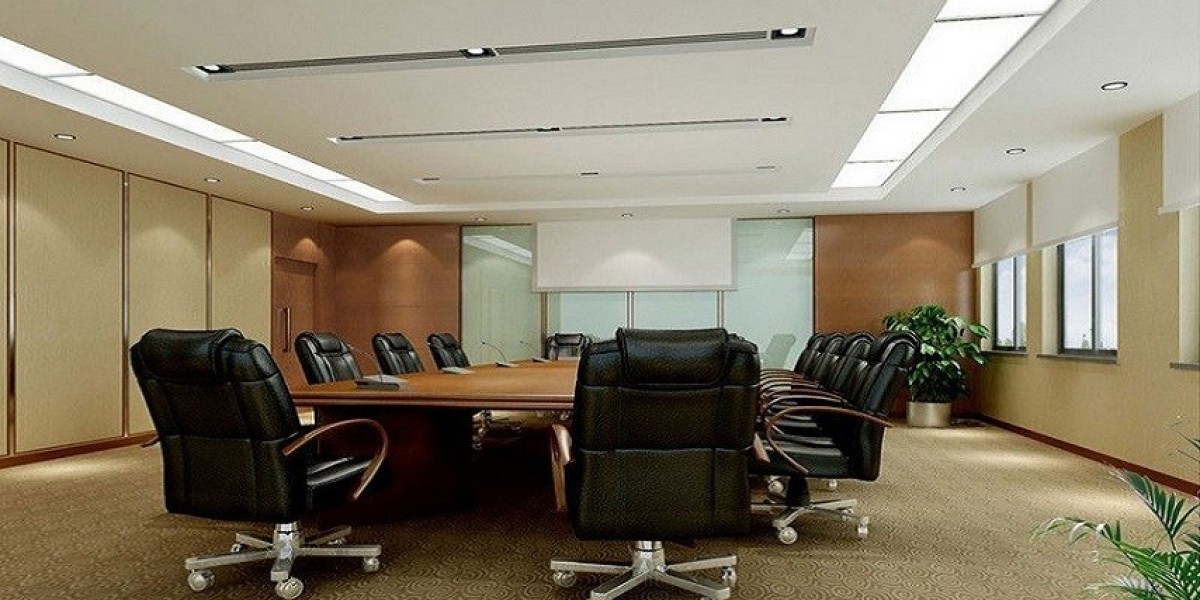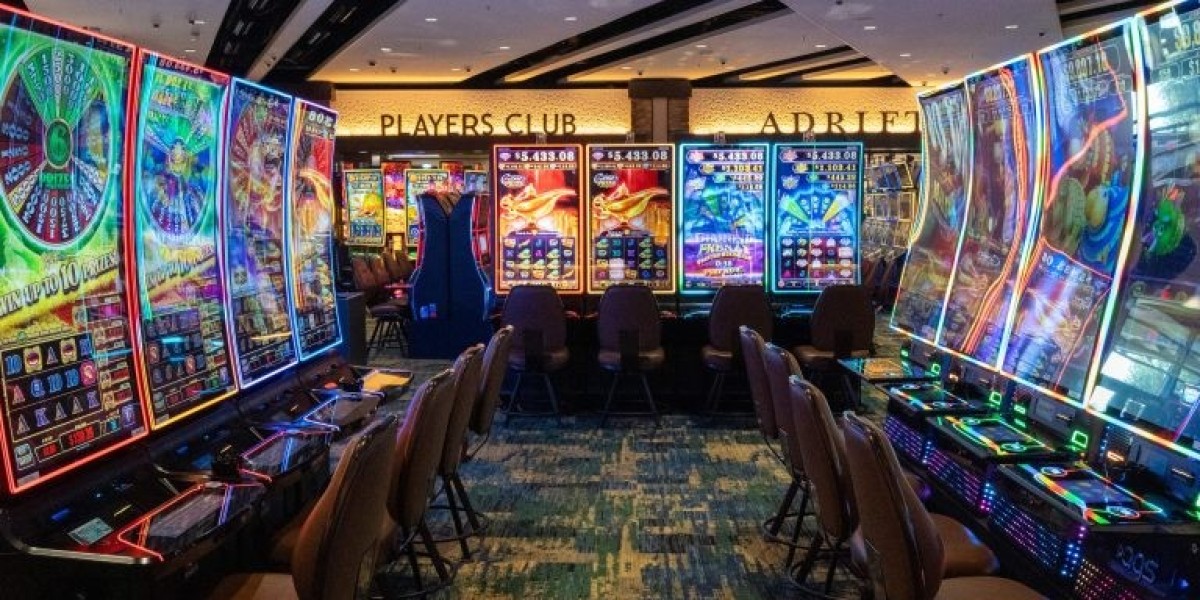The modern workplace has transformed from a purely functional space into an environment that inspires creativity, promotes collaboration, and supports employee well-being. Today’s office workstations are no longer just desks and chairs; they are thoughtfully designed ecosystems that combine aesthetics, ergonomics, and technology. The goal is simple — to create workspaces that look good, feel comfortable, and empower people to perform at their best.
Here’s a closer look at the modern office workstation concepts that seamlessly blend style and comfort for today’s dynamic workforce.
1. Ergonomics Meets Aesthetics
The foundation of a productive workspace begins with ergonomics — and modern designs are proving that comfort doesn’t have to come at the expense of style. Height-adjustable desks, supportive chairs with sleek silhouettes, and monitor arms that promote better posture have become essential elements in modern workstation design.
Designers are moving beyond traditional bulky furniture to create minimalist setups that look elegant while supporting healthy sitting and standing habits. The use of premium materials like mesh, leather, and engineered wood adds a touch of sophistication to ergonomic furniture.
The result? A workstation that is as pleasing to the eye as it is comfortable to work in — promoting both focus and physical well-being.
2. The Rise of Collaborative Workstations
In today’s team-oriented work culture, collaboration is key. Modern offices are moving away from isolated cubicles and embracing open, shared workstations that encourage communication and teamwork.
Collaborative workstation concepts include long bench-style desks, modular seating arrangements, and shared storage systems that can be easily rearranged for different projects or team sizes. These designs promote flexibility while maintaining an organized, modern aesthetic.
Adding soft dividers, acoustic panels, or greenery between shared desks ensures that collaboration doesn’t compromise privacy or comfort.
3. Minimalist Design with Maximum Functionality
Minimalism remains one of the strongest design philosophies in modern office interiors. Clean lines, uncluttered spaces, and a neutral color palette create an environment that feels calm and focused.
Modern workstations often feature built-in storage, hidden cable systems, and integrated lighting to maintain a tidy and streamlined appearance. This combination of simplicity and efficiency helps reduce distractions, allowing employees to concentrate on what truly matters.
A minimalist workstation not only enhances visual appeal but also supports mental clarity — proving that sometimes, less truly is more.
4. Technology-Integrated Workspaces
As digital tools dominate the modern workplace, technology integration has become a defining element of contemporary workstation design.
Wireless charging pads, built-in USB ports, and smart desk accessories help eliminate clutter while keeping devices accessible. Some advanced workstations are equipped with IoT-based sensors that adjust lighting or temperature based on user preferences.
By blending technology into the design itself, these workstations create an intuitive and efficient working environment that supports the fast-paced, connected nature of today’s workforce.
5. Biophilic and Sustainable Design
Sustainability and well-being are central to modern office design. Workstations that incorporate biophilic elements — like indoor plants, natural textures, and organic shapes — create a calming and rejuvenating atmosphere.
Furniture crafted from sustainable materials such as bamboo, recycled wood, or eco-friendly laminates not only reduces environmental impact but also introduces warmth and natural beauty into the workspace.
Natural light, earthy tones, and greenery-rich surroundings can significantly improve mood, focus, and creativity — blending comfort with a visually pleasing aesthetic.
6. Personalization and Flexibility
No two employees work the same way, which is why personalization is at the heart of modern workstation design. Adjustable desk heights, customizable storage, and modular layouts allow individuals to create a setup that suits their preferences and work habits.
Flexibility also extends to the layout itself — furniture that can be reconfigured quickly supports both solo focus work and collaborative sessions. This adaptability ensures that the office remains functional and inspiring, regardless of changing team needs.
7. Soft Materials and Warm Tones
Modern workstations are breaking away from cold, corporate aesthetics and embracing warmth and comfort. Soft materials, curved furniture edges, and warm lighting create a homely yet professional vibe.
Tones like beige, light oak, terracotta, and muted blues are trending in contemporary offices, adding character while maintaining a soothing ambiance. Combining these with textures such as fabric panels or matte finishes makes the space visually rich and emotionally comfortable.
Conclusion
The best modern office workstation concepts go beyond functionality — they create an experience. By thoughtfully blending style, comfort, and innovation, these designs foster creativity, enhance productivity, and make employees feel valued.
A well-designed workstation doesn’t just look good; it supports mental and physical well-being, aligns with a company’s culture, and adapts to the changing ways people work. As offices continue to evolve, one thing remains constant: comfort and style, when combined thoughtfully, are the true cornerstones of an inspiring modern workspace.
Customization Meets Efficiency: The Rise of Turnkey Office Interiors in Modern Workspaces
Reimagining Workspaces: Innovative Office Workstation Furniture Concepts








